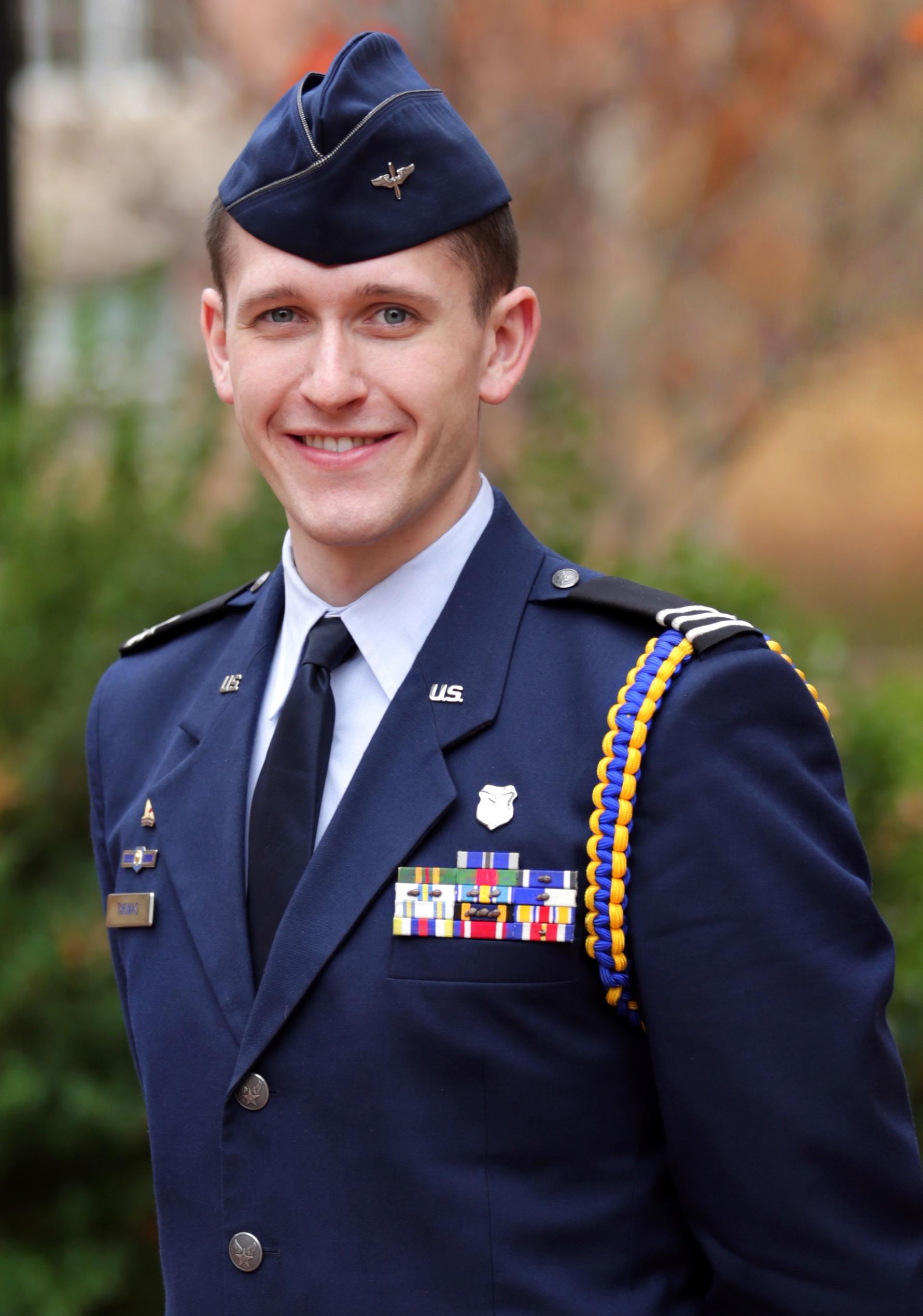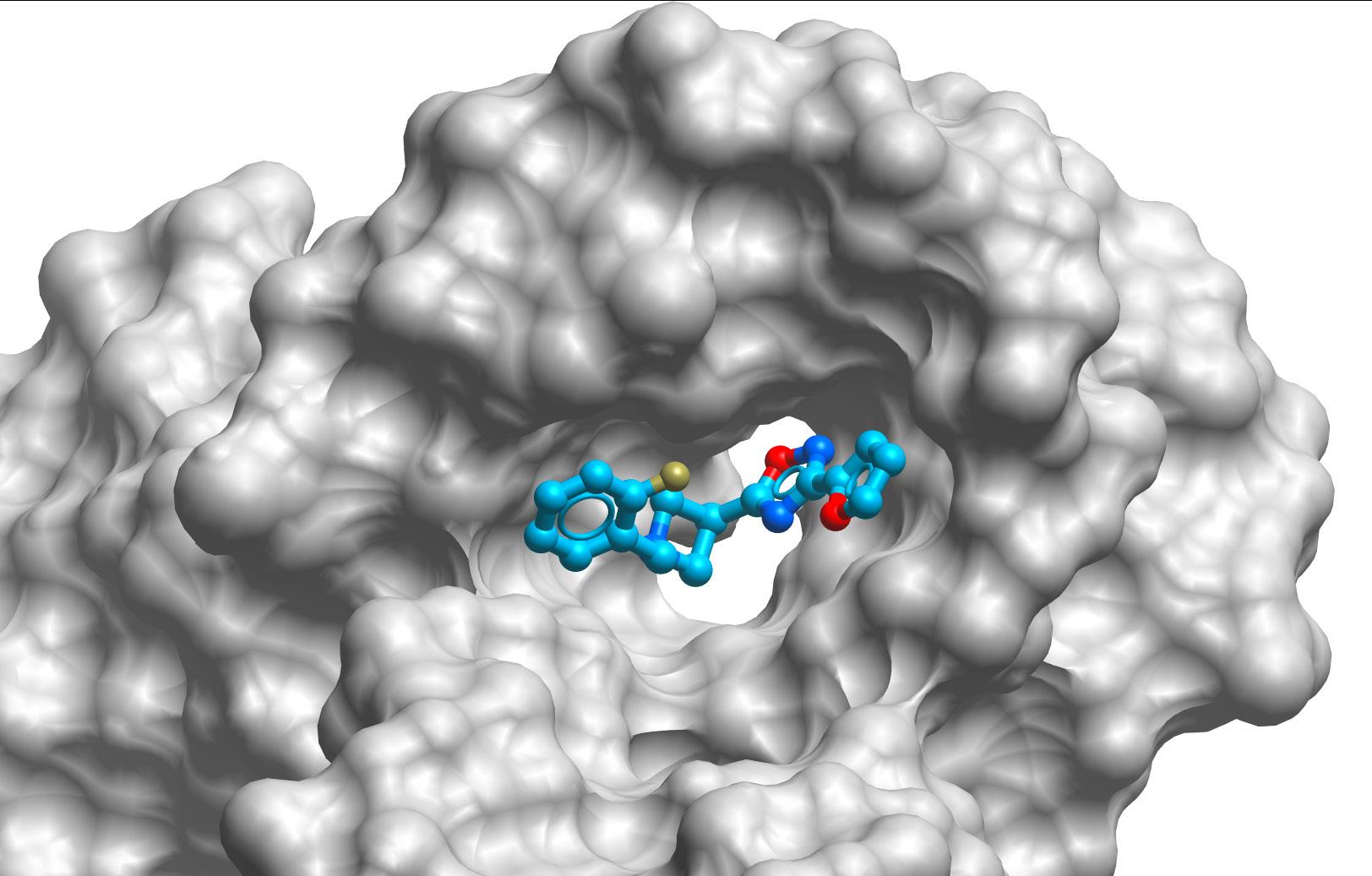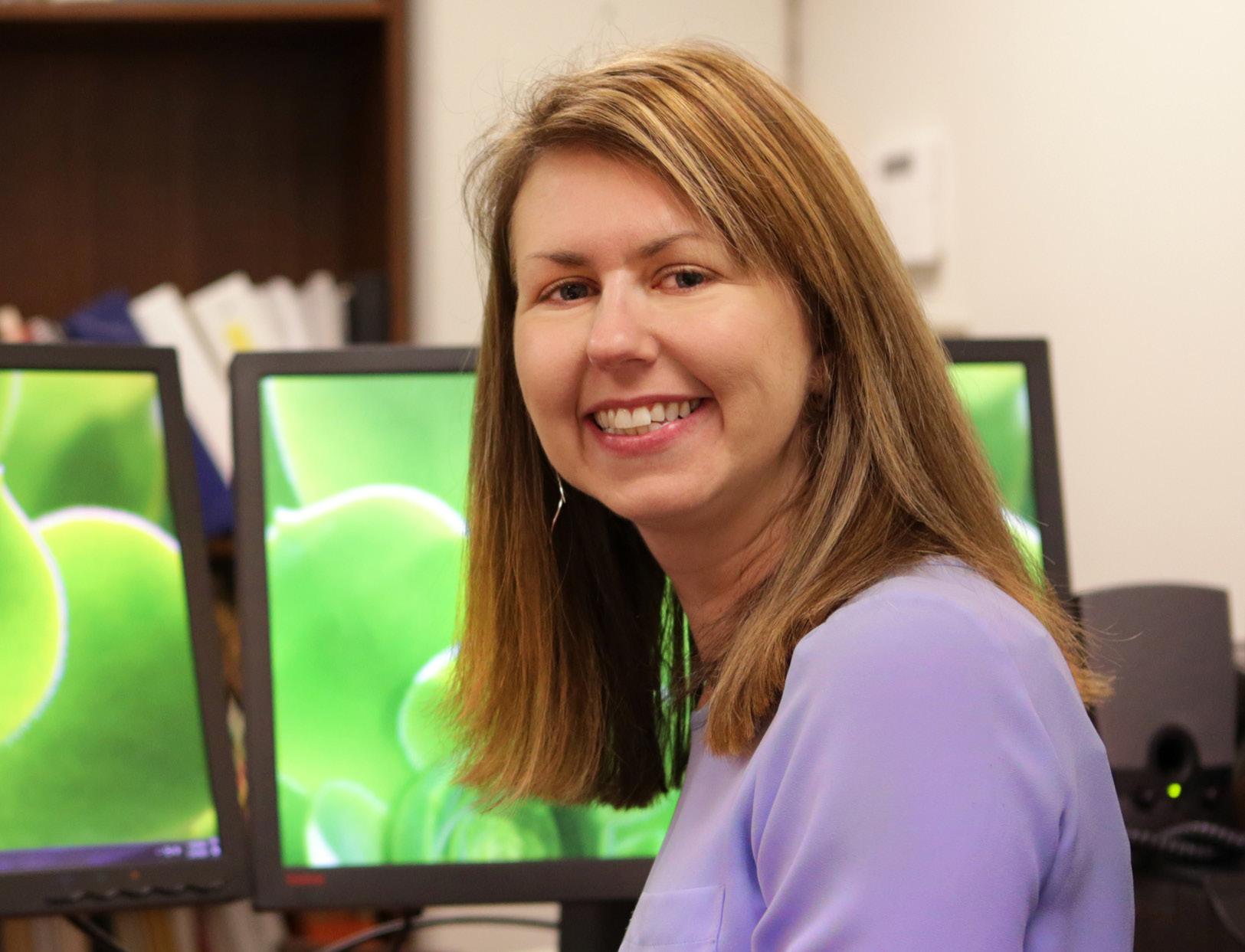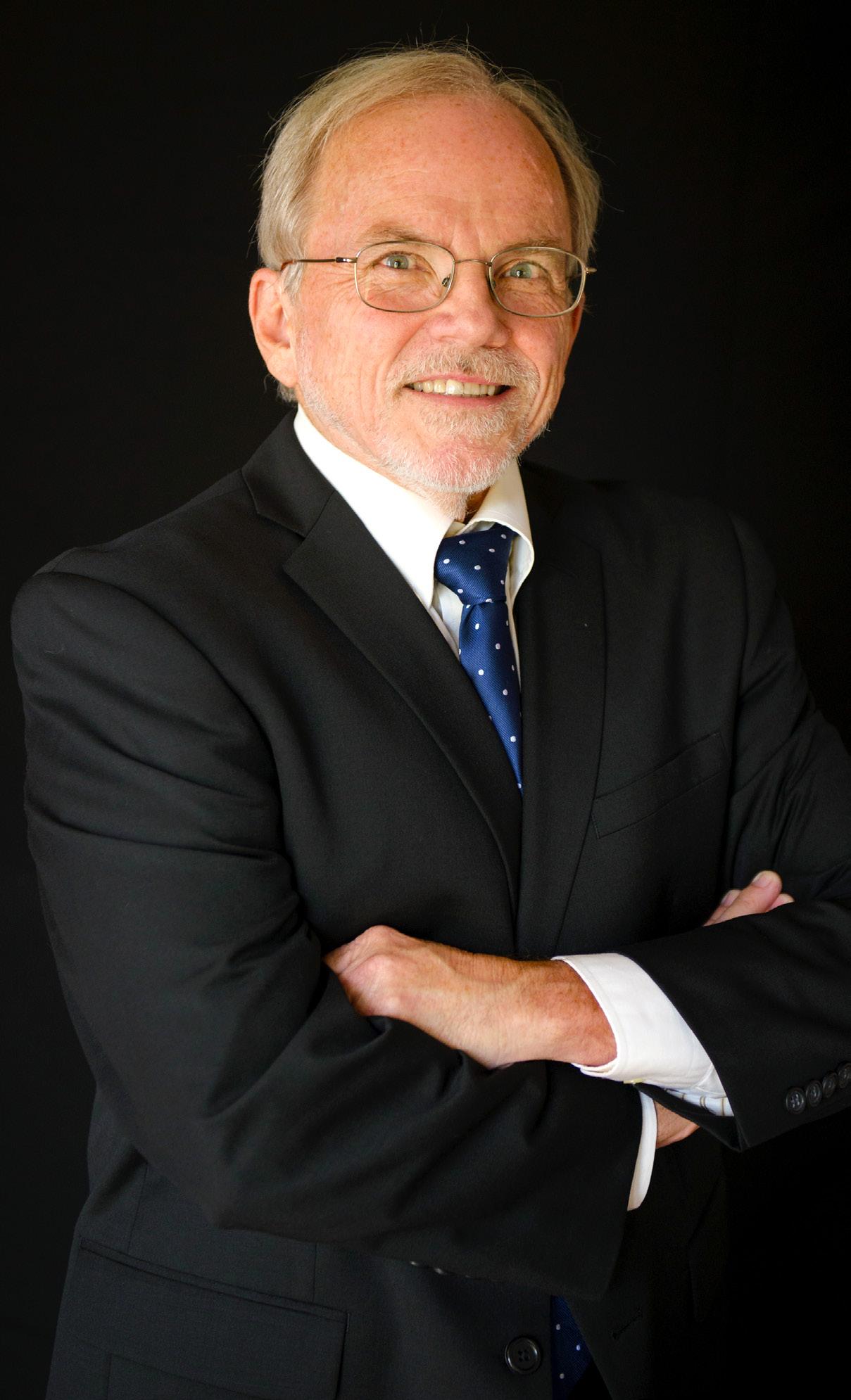
3 minute read
Graduating Twins
from Fall 2017
by uncchemistry
Joshua and Isaiah Gober - Twin Ph.D.’s
Department faculty members were excited to have twin brothers Joshua, on the left in the above image, and Isaiah, to the right, Gober join us as graduate students. They have graduated together since kindergarten, always receiving highest honors and adulations, so we had high hopes that they would bring that same energy and enthusiasm to their work here. We were not disappointed, as both of them successfully defended the doctoral theses earlier this year.
Advertisement
Both Isaiah and his twin brother, Joshua, “arrived at UNC with with an impressive resume and a passion for chemistry,” says Professor Marcey Waters. She was thrilled when Isaiah chose to join her group. “His goal was to advance our fundamental work on molecular receptors for methylated lysine, a post-translational modification implicated in a number of diseases, into useful tools for sensing these modifications,” she says.
“Due to both his creativity and tenaciousness, Isaiah successfully accomplished his goal in my group, through a system of his own design,” comments Professor Waters. “Not only did he develop the sensor, he did the biological studies to demonstrate its utility,” she says. “And his work lead to an impressive first-author paper in JACS, with Isaiah as the only author other than myself,” she continues. Not only that, “this and a second project of his resulted in two patent applications, and subsequently to an NIH SBIR grant with a local company, Epicypher,” she concludes proudly.
Isaiah graduated this summer and took a job with CEM, a leading company in application of microwave technology to peptide and pharmaceutical chemistry based in Matthews, NC.
“Joshua was one of the first students to join my group, says Professor Eric Brustad, “and he proved to be a vital member of our team,” he continues. “Joshua was highly creative and independent, and though soft spoken, when Joshua talked science, everyone listened,” comments Brustad.
Joshua established an impressive program in the Brustad lab, developing cytochrome P450 based enzymes that carry out a non-natural carbene-mediated cyclopropanation reaction. Excitingly, he showed that many enzymes are capable of carrying out this reaction and that different protein scaffolds provide routes for different diastereomeric products. In addition, he developed a general strategy
Continued on page 22
From the Chair
Continued from page 3 Our alumni also care very deeply about the Department. Earlier in November, we hosted the visit of our External Advisory Board, a group of alumni, leaders in their respective fields, who give freely of their own time to assist the Department in the issues it is facing. If the alumni are our past, you, our students, are the future and tomorrow’s leaders in multiple human endeavors. You are getting a truly unique foundation for what life holds ahead of you by investing your efforts in a Carolina Chemistry education.
Why should you care about the Carolina Chemistry bicentennial? The same traits that have led to the Department’s longevity, allow you to study in a department where internationally recognized leaders in research and entrepreneurship are also worldclass classroom instructors, bringing innovative new instructional techniques that transcend “rock on rock” methodologies of just a generation ago.
Some things that are 200 years old are old and musty. I will make the argument that our Department’s longevity is a result of constant renewal. The faculty we hire are always seeking the new; working to find small molecules therapeutics to target RNA, to develop nanoparticles that release therapeutic NO, to revolutionize 3D printing by deploying novel chemistries. These three examples happen to have evolved to the point where each is a freestanding startup company having raised millions of dollars. Arguably the most important piece of the renewal process in a university is its student body. You bring fresh ideas and fresh perspectives in ways that never cease to drive the research and teaching enterprise. We are grateful for the energy brought to bear on key scientific questions of the day and recognize you for those efforts tonight.”
With this backdrop, I am happy to, in this issue of our Newsletter, share some recognitions and items of interest from the previous twelve months that I hope you find as exciting as I do. Please take this collection as representative rather than comprehensive!
I will close as I began, with an invitation to join us here in Chapel Hill on the weekend of April 20-21 to recognize two hundred years of Carolina Chemistry. It promises to be a wonderful celebration of where we have been and where we are going. Please mark your calendars and plan to attend if at all possible!
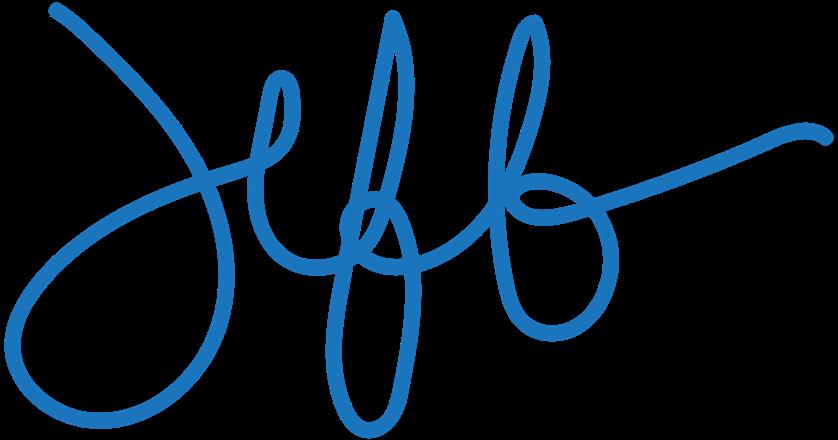
With my best wishes,

